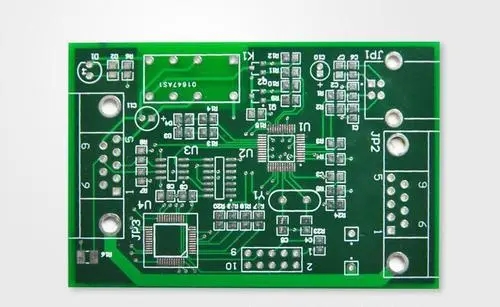Question: When the high-speed differential signal line pair is routed in parallel on the PCB board, in the case of impedance matching, due to the mutual coupling of the two lines, it will bring many benefits. But some people think that this will increase the attenuation of the signal and affect the transmission distance. Why? I have seen on the evaluation boards of some large companies that some of the high-speed wiring is as close and parallel as possible, while some deliberately make the distance between the two wires suddenly far and near. Which one is better? My signal is above 1GHz and the impedance is 50 ohms. When using software to calculate, is the differential pair also calculated with 50 ohms? Or is it calculated in 100 ohms? Can a matching resistor be added between the differential line pairs at the receiving end?

Answer: One reason for the attenuation of high-frequency signal energy is the conductor loss, including the skin effect, and the other is the dielectric loss of the dielectric material. These two factors can be seen in the electromagnetic theory to analyze the transmission line effect (transmission line effect) of their influence on the signal attenuation. The coupling of the differential line will affect their characteristic impedance and become smaller. According to the voltage divider principle (voltage divider), this will make the voltage sent by the signal source to the line smaller. As for the theoretical analysis of signal attenuation due to coupling, I have not read it, so I cannot comment on it. The wiring of the differential pair should be appropriately close and parallel. The so-called appropriate proximity is because this distance will affect the value of differential impedance, which is an important parameter for designing differential pairs. The need for parallelism is also to maintain the consistency of the differential impedance. If the two lines are suddenly far and near, the differential impedance will be inconsistent, which will affect the signal integrity and timing delay. The calculation of the differential impedance is 2 (Z11-Z12), where Z11 is the characteristic impedance of the trace itself, and Z12 is the impedance generated by the coupling between the two differential lines, which is related to the line distance. Therefore, when the differential impedance is designed to be 100 ohms, the characteristic impedance of the trace itself must be slightly greater than 50 ohms. As for how big it is, it can be calculated with simulation software. The matching resistance between the differential line pairs at the receiving end is usually added, and its value should be equal to the value of the differential impedance. This way the signal quality will be better.
The above is an introduction to the wiring skills of high-speed differential signals. Ipcb is also provided to PCB manufacturers and PCB manufacturing technology